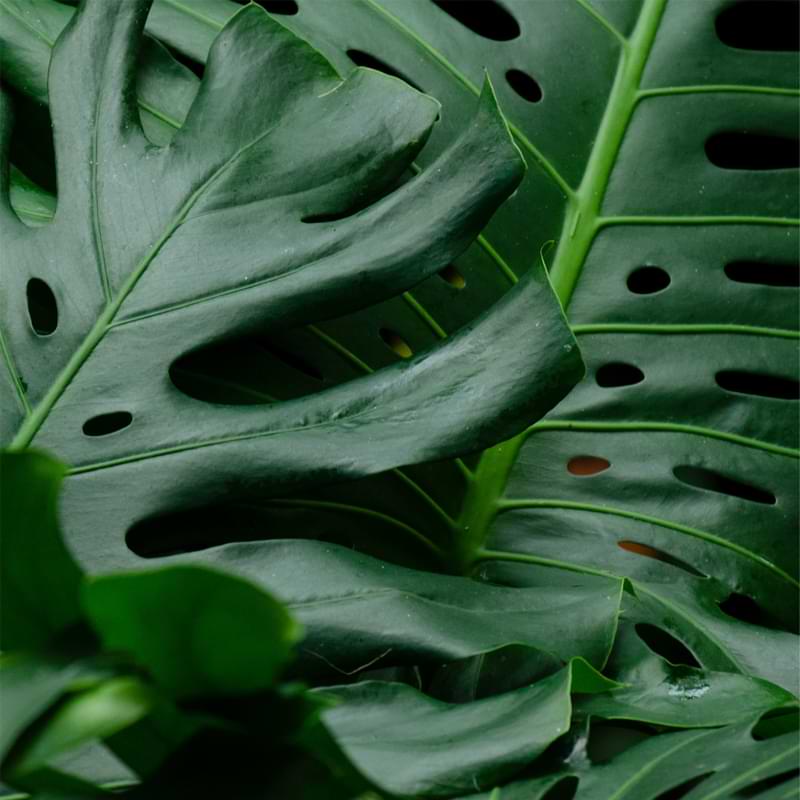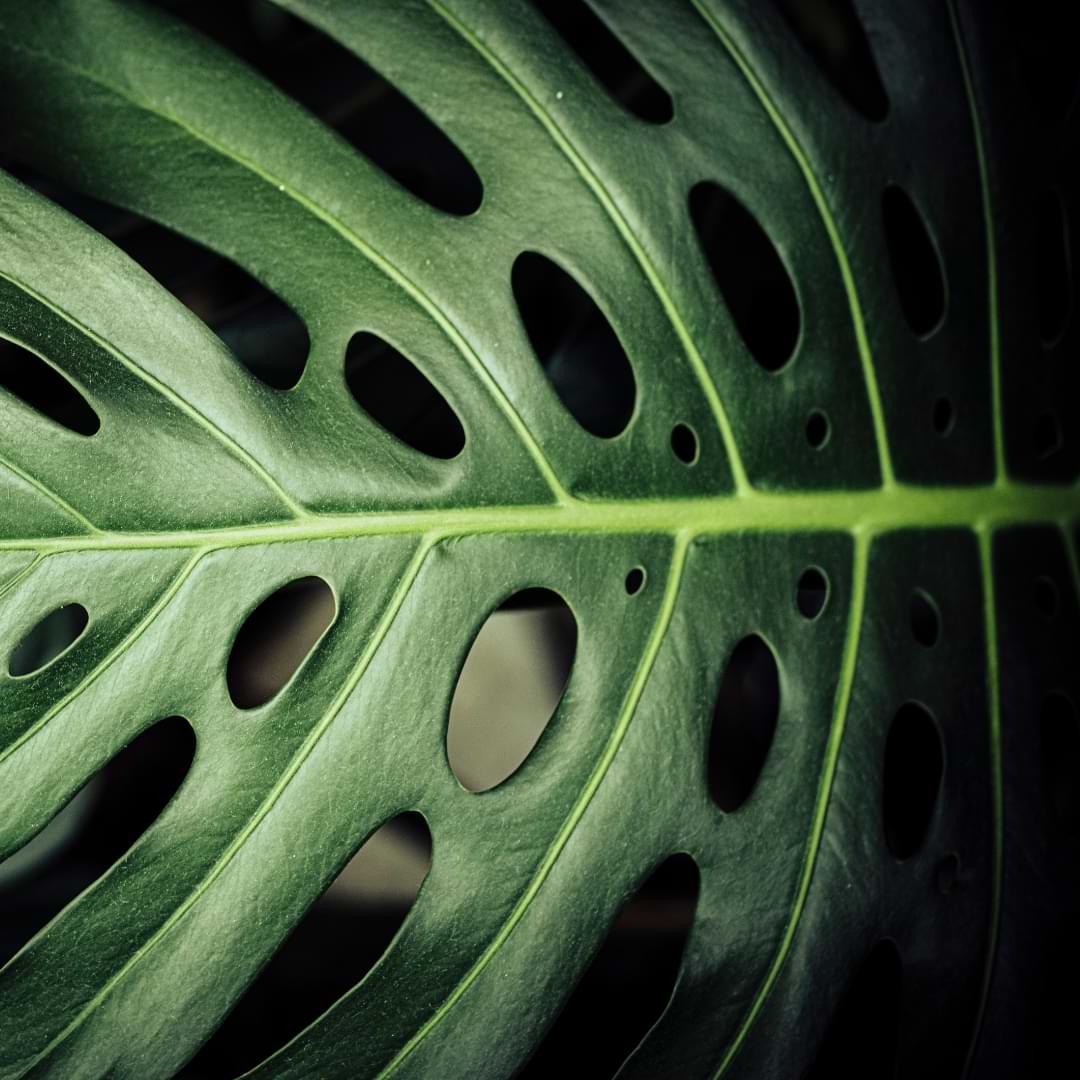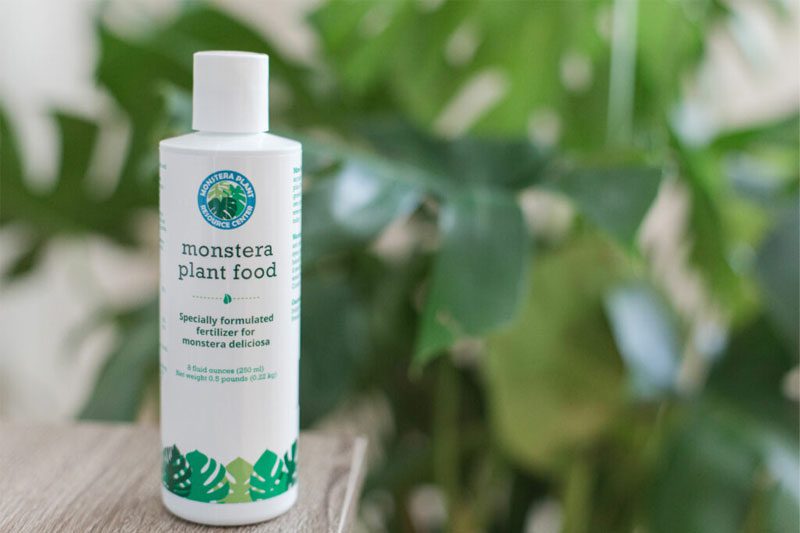The modern, architectural appeal of monstera leaves has been a mainstay in interior design for decades and many of us recognize the distinct pattern. But did you know that some varieties of monstera have double and triple fenestration, which makes them stand out even more?
Let’s explore all about the unique beauty of monstera double and triple fenestration in their leaves, where to find them and how to take care of them. There’s something special about these plants that make them truly one-of-a-kind and you won’t want to miss it!
Table of Contents
What is a Monstera?
Many house plant enthusiasts know Monsteras well because of how popular they have become in recent years. Monsteras are a large, tropical plant native to Central and South America. They are known for their unique leaves, which have large, oval-shaped holes known as fenestrations. These fenestrations allow light and air to reach the plant’s innermost parts, making them ideal for growing in low-light conditions.
Monsteras are popular houseplants and can be found in many homes and offices. They are easy to care for and require little maintenance. Monsteras can tolerate a wide range of temperatures and humidity levels, making them perfect for those who live in warm climates.
What Does Fenestration Mean?
Fenestration is simply the holes in the leaves that are naturally formed by the Montera plant. There are two main types of fenestration: double and triple. Double fenestration is when the leaves have two large holes, or windows, while triple fenestration is when the leaves have three large holes. These Monstera varieties are prized for their unique leaf shape, and both make excellent houseplants. So, what’s the difference between double and triple fenestration?
Double Fenestration
Double fenestration Monstera plants have two large holes in their leaves. These holes, or windows, help the plant to take in more light since they let more sunlight reach the inside of the leaf. This makes them ideal for lower-light situations. In addition, double fenestrated Monsteras are typically easier to care for than their triple fenestrated cousins since they don’t require as much light.

Triple Fenestration
Triple fenestration Monsteras have three large holes in their leaves. These extra openings help the plant to absorb even more light than doublefensters, making them perfect for higher-light situations. However, this also means that triplefensters require more care than doubles. For example, they need to be watered more often since they lose moisture through their leaves quicker.
The Pros and Cons of Monstera Double and Triple Fenestration
I touched on some pros and cons of each type of fenestration above, but let’s dig a little deeper into how each type of fenestration affects the plant itself and what that means for you as the plant parent.
Double Fenestration
Pros
- Great for lower-light rooms or spots in your home
- Easier to care for than triple fenestration leaves
- Less likely to break off or tear
- Less moisture-loss for the plant
Cons
- Will need more light than a non-fenestrated Monstera
- May get too much light, resulting in dried or burnt leaves
- Less airflow for the plant
Triple Fenestration
Pros
- More natural light filters through the whole plant
- Great for areas in your home that get a lot more natural light
- Gives the plant maximum airflow
Cons
- More light requirements
- Much easier to rip or tear the leaves
How Get More Fenestration from Your Monstera
Many people have methods and secrets to get their Monstera to give more fenestrations, but it’s important to remember that the plant will have the amount of fenestrations that it wants to, or that its environment allows.
Young Monsteras likely won’t have any fenestrations until they are a few years old, and patience is the only thing that will fix that. Aside from age, as long as you meet all of your Monstera’s care requirements, it will give you as many fenestrations as it can. Providing it with as much light as you can without burning it will significantly increase your chances of seeing more fenestration.
Caring for Monsteras With Double and Triple Fenestration
The most important thing to remember is that these plants require more care and attention than their single-fenestration counterparts. Here are a few tips on how to best care for your Monstera with double or triple fenestration:
Watering
Be sure to water your Monstera more frequently than you would a plant with single fenestration. These plants are thirstier and will need to be watered every 1-2 days, depending on the size of the plant and how quickly your plant’s soil is drying out. If you notice the leaves starting to droop, that’s a sign that your plant is thirsty and needs water immediately.
Fertilizing
It’s important to fertilize your Monstera regularly, especially during the growing season. Use a balanced, Monstera Plant Food that contains nitrogen, phosphorus, and potassium. Apply the fertilizer as directed on the package directions.
Pruning
Double and triple fenestrated Monsteras will benefit from regular pruning. This helps encourage new growth and keeps the plant looking its best. Prune back any dead or dying leaves and stems as well as any leggy growth using clean and sharp pruning shears.
Repotting
These larger Monsteras will eventually outgrow their pots and will need to be repotted into a larger container. Repot in late spring or early summer when the plant is actively growing. Choose a pot that is only 1-2 inches larger than the one it is currently in, and be careful of the beautiful leaves while you’re repotting!
Follow our Monstera repotting guide for an in-depth guide to keeping your Monstera happy while repotting it!
Conclusion
Monstera double and triple fenestration is a visually impressive adaptation that allows the plant to absorb more sunlight in lower light conditions and draw in more air. It can also help support larger plants or accommodate their branches as they grow. Its unique look makes it an attractive addition to any home decor, adding texture and color to your living space. If you’re looking for something interesting to add some life into your interior design, Monstera double and triple fenestration could be right up your alley!






